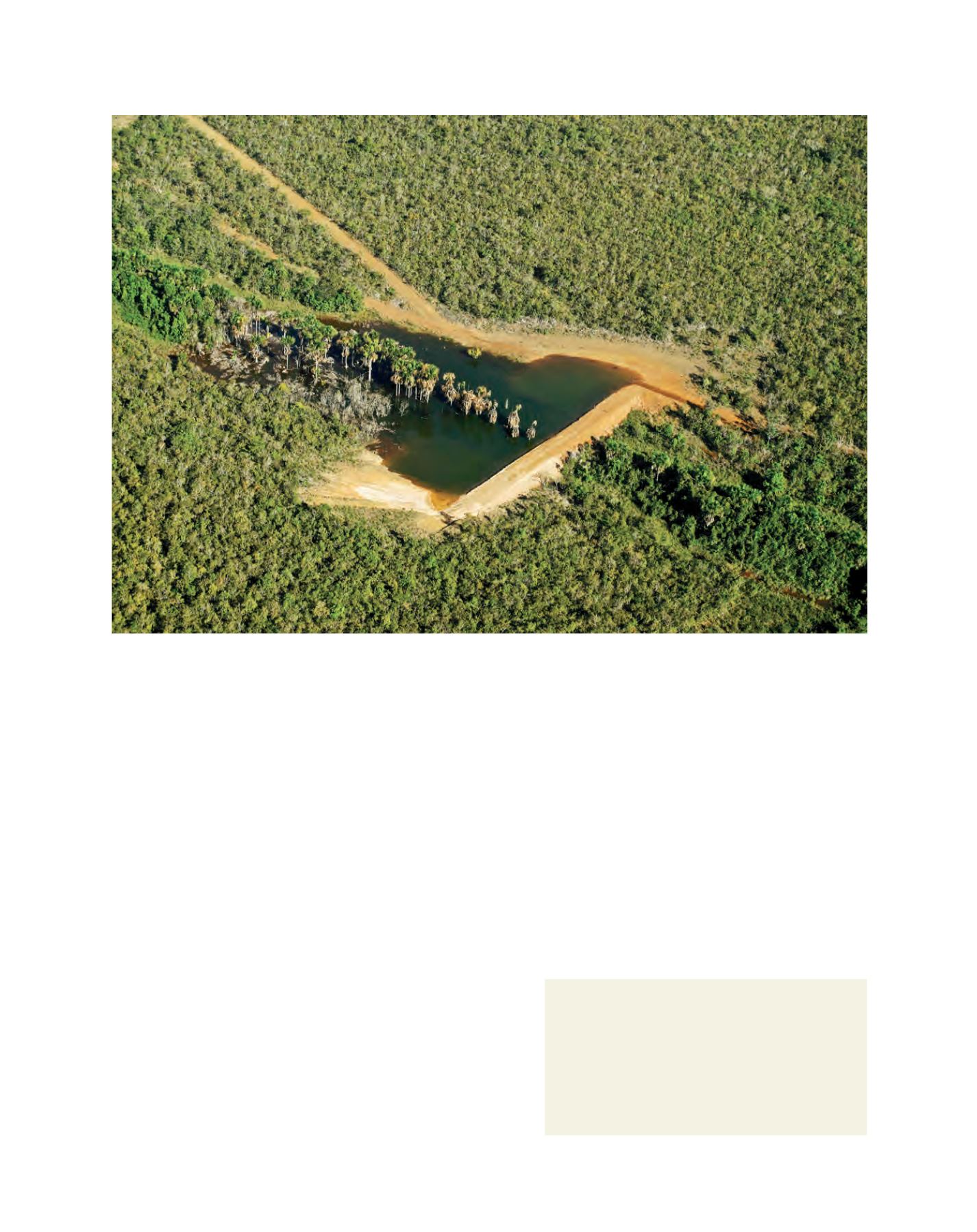

[
] 104
In many countries, forest ecosystems already present
a range of opportunities which can address self-reli-
ance and security of food and energy supply, as well
as respond to the raw material demands of growing
domestic markets and to poverty reduction.
The low-carbon development and green economy
strategies of Guyana and South Korea both strongly
feature forests as one of the pillars of their growth. In
these strategies, forest ecosystems contribute both serv-
ices (climate change mitigation and adaptation, water
and nutrient recycling) and goods (timber, biomass and
high quality food products) and are invested in as such.
Additionally, forest biodiversity has been proven to
be a key indicator of forest resilience towards external
stresses, such as climate variability, extreme weather
and up to 1.4 billion people depend to some extent on forests for
their livelihoods.
Furthermore, forest ecosystems contribute services and goods
to many other economic sectors, for example energy (biomass and
water flow for hydropower), tourism (landscape values and wildlife
habitat) and transportation (water flows for rivers).
It is estimated that the value of the ecosystem services and goods
lost annually due to deforestation and forest degradation is in the
range of US$3.7 trillion
3
– almost eight times the estimated value
of the trade in forest products of US$468 billion.
4
These numbers alone demonstrate the important contribution
of forest ecosystems to our economies. They also portray the gaps
between current management of these ecosystems and the magni-
tude of change needed to maintain their participation in sustainable
development and to realize their potential contributions to a green
economy.
Opportunities in forest-based capital
At a time when countries are seeking a low-carbon development
path, while sustaining and ensuring continued high growth, forests
can provide inspiration, key services and goods to help them reach
this goal. Furthermore, this is a development path that not only
delivers reduced usage of hydrocarbons but also results in improved
human well-being, social equity and socio-economic development,
while significantly reducing social and environmental risks and
ecological scarcities – a green economy paradigm.
Green economy
A green economy provides the economic vehicle for
sustainable development and increased human well-
being and social equity, while significantly reducing
environmental risks and ecological scarcities. In other
words, in a green economy, the creation of income growth
and increased employment is driven by investments that
reduce carbon emissions and pollution, enhance efficiency
and sustain biodiversity and ecosystem services.
Forests can help countries achieve their low-carbon development goals
Image: © 2011 UNEP/GRID-Arendal
















